
Winter Wheat Staging and Management Guide
DOWNLOADNovember 21, 2025 - Jenna Falor, Dennis Pennington and Manni Singh
** = Important growth stage for scouting.
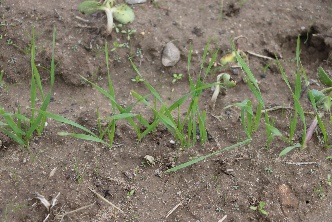
**Feekes 1 - emergence, single shoot, typically occurs in fall
Check for uniform emergence, dig plants to check for uniform seed depth, conduct stand counts to verify emergence
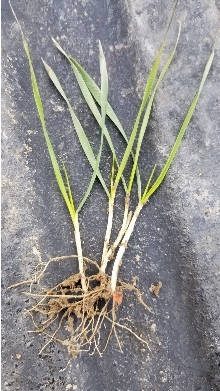
**Feekes 2 - tillering (producing axillary or side shoots), crown forms between seed and soil surface, the crown is where nodal roots will form
Fall herbicide application can begin if enough weed growth is present
Feekes 3 - tillering is completed, can occur in fall or spring
Dig a few plants and bring them inside to check viability/winterkill, count plants in 3 ft of row to determine stand count, target is at least 18-22 live plants per square foot
Feekes 4 - beginning of erect growth, upright appearance, pseudo stem forms
Scout for weeds, insects, and winter injury, make herbicide applications if necessary

Feekes 5 - leaf sheaths strongly erect, growth point still below the surface, potential head size (spikelets per head) determined
Herbicide applications if necessary, make 1st nitrogen application (if split applied), scout for foliar diseases
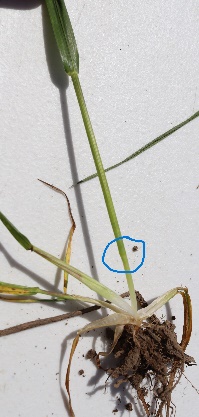
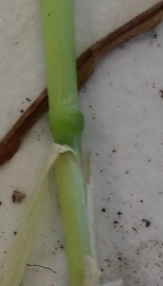
**Feekes 6 - Jointing, first node is visible, stem elongation is beginning, developing head moves up stem and sits atop uppermost node
Herbicide application decisions as many have a Feekes 6 restriction on them, rapid uptake of nitrogen begins, make sure the 1st application has been made if doing split application, finish application at or before this stage if single application, frost becomes a concern at this stage
Feekes 7 - 2nd node is visible
Final stage at which you may want to make 2nd spring nitrogen application
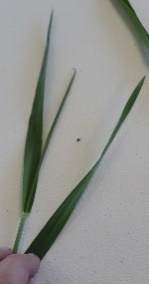
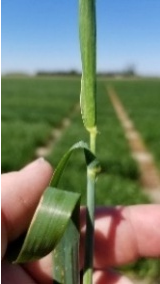
Feekes 8 - flag leaf visible but still rolled up
Foliar disease scouting, consider fungicide application if threatening flag leaf
**Feekes 9 - The flag leaf (upper most leaf) has fully emerged with the ligule visible
Consider fungicide application if significant foliar disease is present on the flag leaf or one below. Scout for insects (armyworm damage to flag leaf can impair yield)

Feekes 10 - Boot Stage, the head is fully developed and can easily be seen in the sheath below flag leaf
If significant foliar disease is present on the leaf below flag or flag leaf, consider fungicide application.
Feekes 10.1-10.5 - Heading
10.1 awns visible head starting to emerge, 10.2 head ¼ out. 10.3 head ½ out, 10.4 head ¾ out, 10.5 head fully emerged
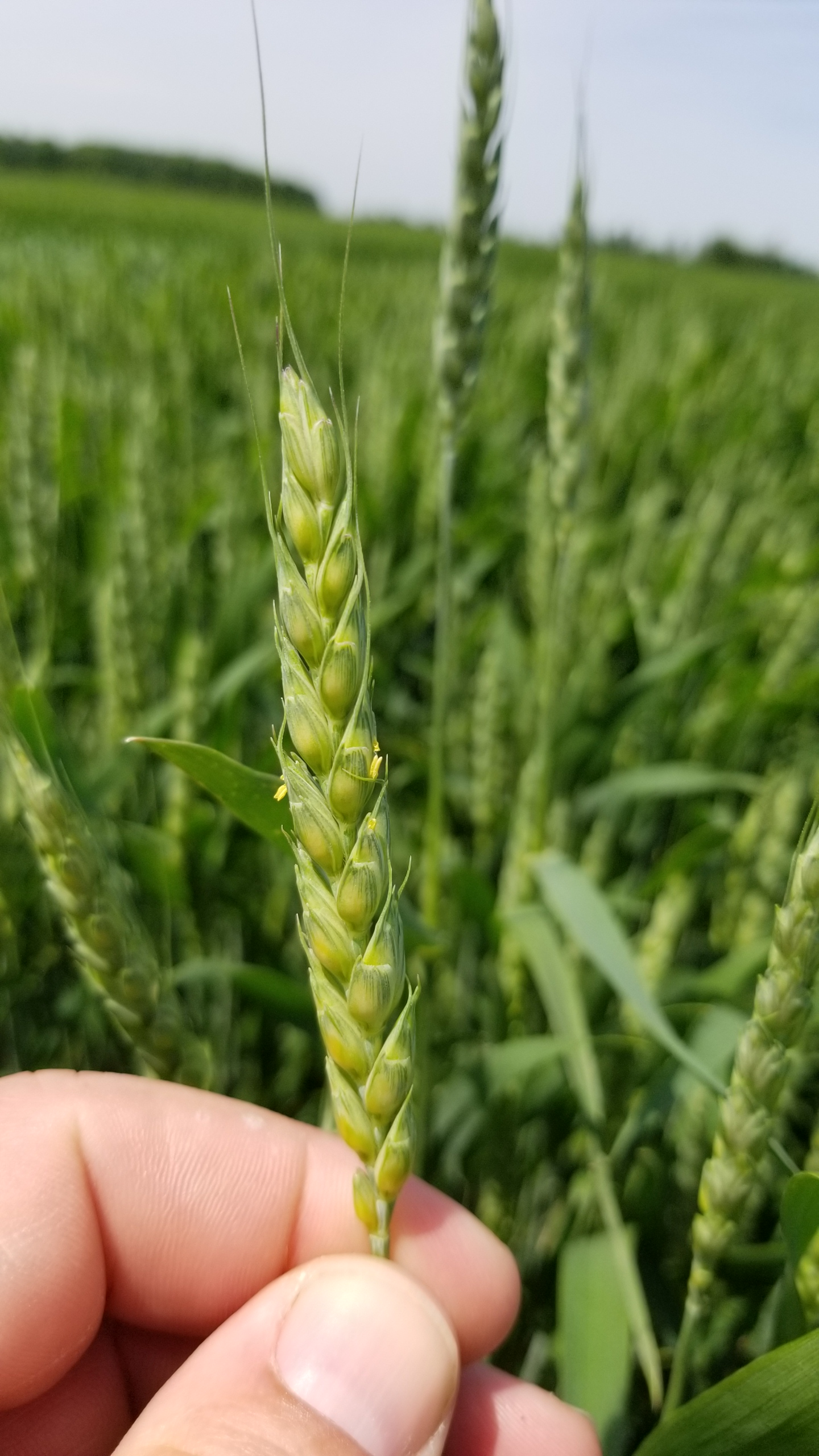
**Feekes 10.5.1 – This is the beginning of flowering (anthers appear mid head), 50% of field has flowers is day 0
Apply fungicide to protect from fusarium head blight (disease that causes vomitoxin) and to protect flag leaf from disease, optimum fungicide timing for best vomitoxin reduction is day 4-6 after start of flowering
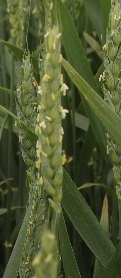
Feekes 10.5.3 Feekes 10.5.2 – Flowering complete at top of head
Feekes 10.5.3 – Flowering complete to base of head
Feekes 10.5.4 – Clear fluid can be squeezed out
Last chance for a flowering fungicide application is at 10.5.3 depending on fungicide
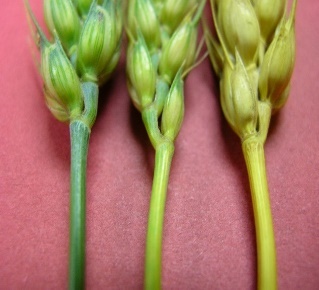
Feekes 11.1 – Milky fluid in kernels
Feekes 11.2 – Soft dough
**Feekes 11.3 – Physiological maturity, stem right under the head turns yellow, kernel hard but dividable by thumb, kernel moisture around 30%
Grain yield is determined at this stage
Feekes 11.4 – Ready for harvest, kernel is hard and not easily split
Scout for head scab, pre-harvest sprout



 Print
Print Email
Email







